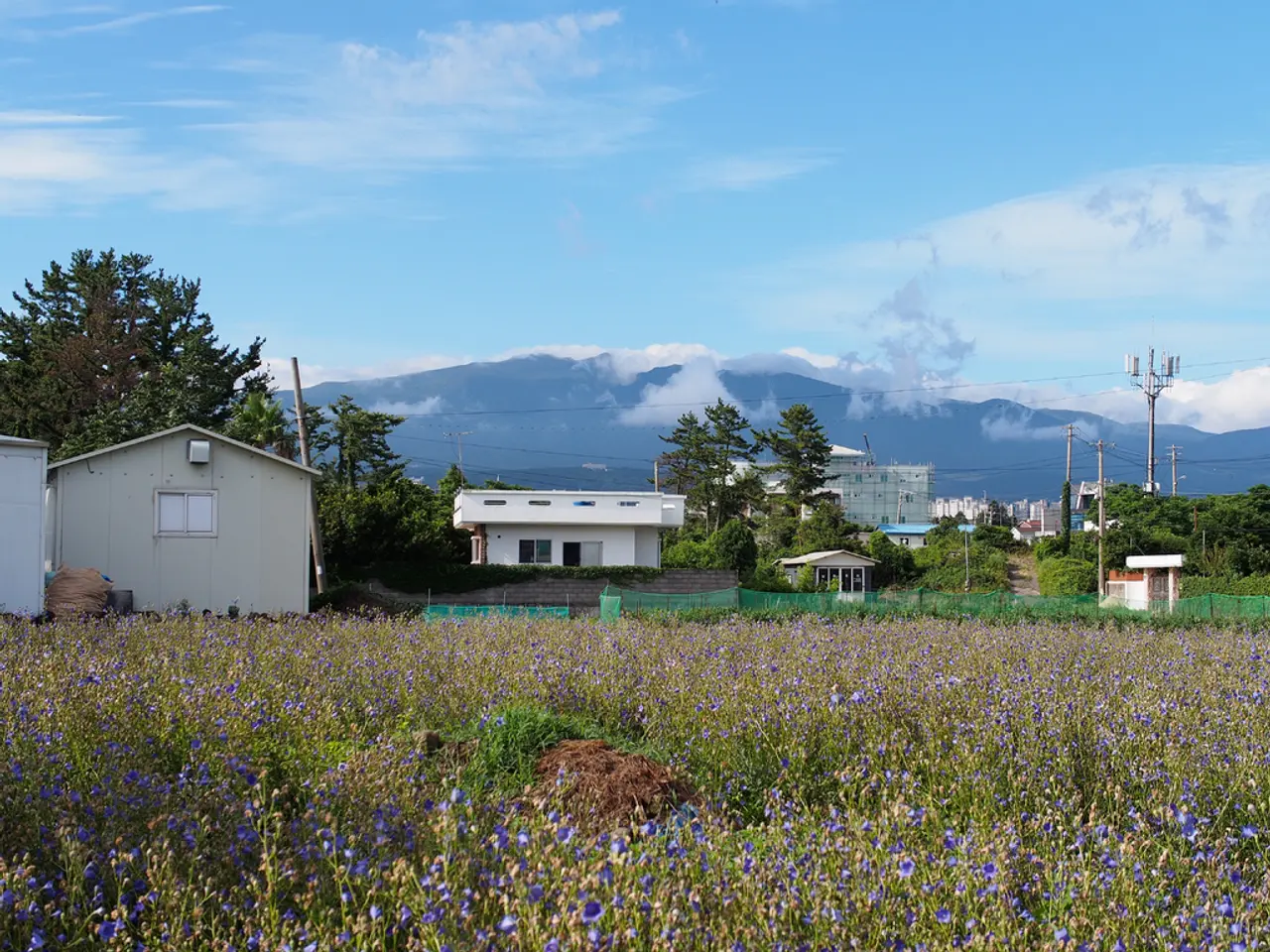Solar Transition: The Complex Choice Between Home Panels and Large Farms
The shift towards solar energy, while reducing reliance on fossil fuels, presents unique challenges. A stark disparity exists in rooftop solar installations, with Black-majority census tracts in the USA installing around 70% less than non-majority tracts. This disparity is influenced by various factors, including regulatory procedures and economic viability. As we transition to a low-carbon, all-electric world, the choice between large-scale solar farms and domestic solar panels becomes complex.
Historically, energy choices were limited. In the 20th century, virtually nobody produced their own electricity. Now, we can tap into solar farms or install panels at home. However, high uptake of domestic solar panels can leave the grid more susceptible to failure. On the other hand, electricity from large-scale photovoltaic (PV) farms is cheaper, costing about a third of that from domestic systems. The world's biggest solar facility, the Bhadla Solar Park in India, boasts a capacity of 2.2 gigawatts. In the past, almost everyone generated their own heating at home, using coal, oil, or natural gas. Today, the complexity lies in balancing individual choice and collective grid stability.
As we navigate this solar transition, it's clear that each choice comes with its own complexities. While domestic solar panels offer independence, large-scale solar farms ensure grid stability and lower costs. Addressing the disparities in rooftop solar installations and understanding the trade-offs between individual and collective energy production will be key in shaping our low-carbon future.
Read also:
- North Carolina's Ocracoke Island: Highway Closed, Homes Collapse Due to Erosion
- Ukraine's Drone Strikes Cripple Russian Rail, Impacting Military Operations and Economy
- Emerging Investment Trends in China's Ethical Finance Sector for 2025
- Construction and renovation projects in Cham county granted €24.8 million focus on energy efficiency







